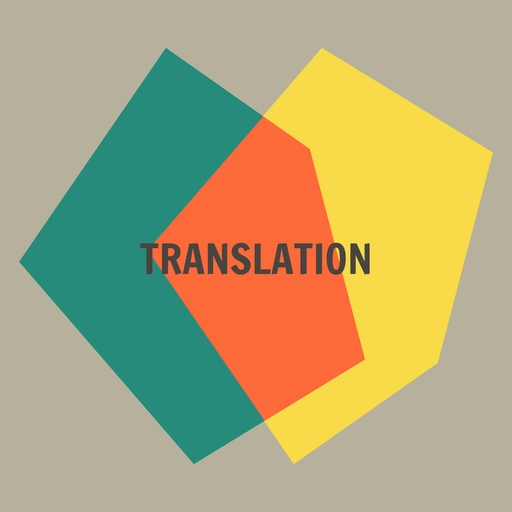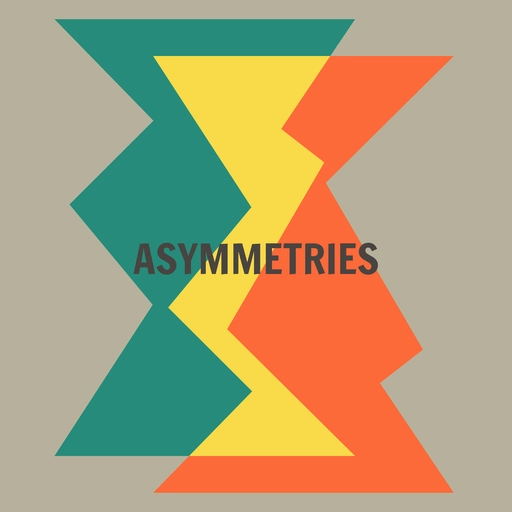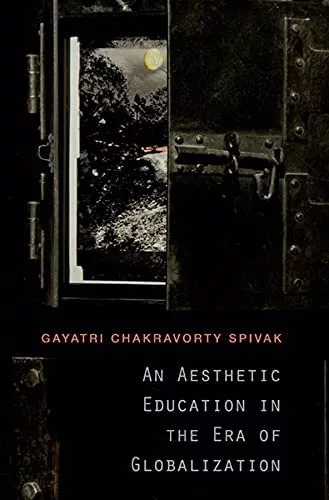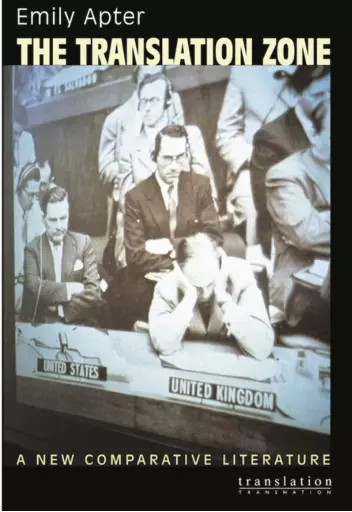
Can Translation Do Justice?
Sruti Bala


Keywords:
artists as translators, asymmetrical relations, necessary misapplication, repair
When artists ask such questions, they become translators of a certain kind. Translators structurally occupy a position of proximity to both original and target language; they shuttle across and between these languages, sometimes bringing the original to the zone of familiarity of the readers of the translation, and at other times forcing readers to step out of the comfort of their mother tongue to come closer to the original. Artists and art educators occupy a position of proximity to both the subjects they seek to portray or teach and the audiences they seek to address.
This contribution invites artists and art educators to reflect on what it means to translate. It is an invitation to think about whether and how translation can do justice. What are we asking when we ask translation to do justice?
Never Good Enough, but Necessary
The challenge, then, is one of pursuing the task of translation, knowing fully well that it is necessarily not enough, but necessary nonetheless. The literary scholar Gayatri Spivak calls this ‘translation as catachresis,’ a figure of speech that is marked by misuse and error; it is not quite right but can nevertheless not be spoken about in any other way because there is no other term for it.Gayatri Chakravorty Spivak, An Aesthetic Education in the Era of Globalization (Cambridge, MA: Harvard University Press, 2012), p. 242.
A catachresis made famous by Shakespeare in Hamlet, Act III, Scene I (‘To be, or not to be’).
Can translation do justice? We might also read the question assuming some limited hope and scope, perhaps asking it as: ‘What kind of justice is it that the work of translation might do?’ Rephrased in this manner, we begin to notice how both the terms ‘translation’ and ‘justice’ are ‘carried across’ (in the etymological sense of trans-latio) from one terrain to another, shifting translation from its technical or formal to its ethical-political dimensions, shifting justice from the terrain of the quest for parity or alikeness (eye for an eye) to the terrain of repair, dignity, care, responsibility, a justice on terms that are yet to be ascertained. The question is not addressed to a particular instance of translation but to the work, the labour, the effort, the practice of translation itself.
The work of translation is thus not restricted to the linguistic; it encompasses a range of idioms and forms and urges us to consider translation as enmeshed in very local, as well as global and historical, asymmetries. The work of translation is not about seeking equilibrium between languages or cultures or systems of thought, but about finding ways to acknowledge and carefully tune into asymmetries in the hope of bridging them somewhere in the future.

A Translational Attitude
We might thus speak of a particular translational attitude that artists ought to cultivate. When we say that text, story, or tune translates into body practices, images, gestures, movements, scenes, we use ‘translation’ in the sense of bringing one medium or site to bear upon another. We might imagine a way of shaping encounters and exchanges on stage by purposefully applying sensorial materials in ways that may be detached from their common, day-to-day usage.A piece of fabric can be endlessly interpreted on stage: a living being, a breeze, a splash of blood, or an indication of nightfall. When we, as audience members, view that piece of fabric on stage, we observe it with fresh attention to its material, sensorial qualities, and the ways it is used and positioned—not really detached, but bracketed, as it were, from its ‘original’ functions in everyday life. We encounter the fabric with a heightened degree of awareness, sensing that what happens with it on stage is a process of translation. We give in to it; we imbue it with associations that seem, at first glance, to be our own but which may take us into uncharted territories.
Obviously, such broad understandings of translation carry the danger of stubbornly remaining lofty metaphors and empty abstractions, attractive because of drawing so many different dimensions together, and messy and elusive for the very same reason. To understand translation in performance as catachresis—that is, necessary misapplication—implies several things. It is to acknowledge that unlike linguistic translation, which oftentimes theoretically presumes the symmetrical comparability of languages, translation from text to stage, or from one genre, cultural practice or historical moment to another, departs from an incommensurable relation between what is the ‘source’ and what is the ‘target’ language of translation—i.e., where they cannot be measured in the same way.
That is somewhat different from the banal claim of untranslatability. Rather, translation implies a shuttling back and forth between asymmetrically different terrains, each of which are, of course, also multiple and unstable. Rather than being a process of achieving equilibrium (in the sense that translation tends to be conceptualised in machinic translation systems, where a word is translated back and forth between languages until it is no longer modified), the laborious, untiring shuttling work of translation in performance requires attending to how ‘source’ and ‘target’ differently impact upon each other and can become co-present without being equal.
The Practical and the Profound
If translation in performance is bound to asymmetry and incommensurability, then ethical and epistemological questions become prominent. This is another implication of thinking about translation in a catachrestic manner. How to give account, how to bear responsibility towards that which is translated? Such questions situate the pragmatic dimension of translational practice in tandem with broader socio-political concerns. Just as any theory of language is implicitly also a theory of subject formation (consider, for instance, the close ties between speech act theory and embodied conceptions of the performative), one might argue that any theory of translation is implicitly also a theory of inter-subjectivity.Reflecting on translation is a way of reflecting on modes of encounters across differences, on self-reflection and self-transformation as resulting from the attempt to ‘cross over’ to a standpoint or time entirely different from one’s own. This makes translation into a critical concept in theatre and performance, where, perhaps more than in any other art form, there is a systemic concern with how humans relate to each other and to non-human others. In his translator’s preface to his rendering of Baudelaire’s Tableaux Parisiens (1921), Walter Benjamin writes that it is the task of the translator (Aufgabe in Benjamin’s sense of both work as well as ‘being given unto,’ ‘sur-rendering’) to respect and foreground the ‘translatability’ of the text, its capacity to remain open to ever new possibilities of kinship between languages.
Walter Benjamin, ‘The Task of the Translator: An Introduction to the Translation of Baudelaire’s Tableaux Parisiens [1921],’ in: Illuminations (London: Pimlico, 1999), pp. 70–82.
Although Benjamin’s enigmatic reflections tend towards the metaphysical, they equally acquire a political, existential dimension. In the face of the enormous challenges of planetary coexistence, the work of translation is one of surrendering to the traces and spaces of later recall that are already stored or available in that which is to be translated. The translator must learn to not only look for ways of actively recalling the traces but also be open to the chain of associations that activate traces of memory and connect texts in unknown ways. The translator’s task is thus an attempt to do justice by examining one’s own hard-wired defense mechanisms and habits. The terms ‘translation’ and ‘justice’ here do not quite fit, but they can nevertheless not easily be substituted by other terms, for their misapplication is a necessary part of the task of translation.
Translation as Repair
The call for justice is loudest when justice is absent or when injustice has been done. Perhaps we ask if translation can do justice because translation has historically done so much injustice. So, it is not only the injustice that needs to be addressed, but also translation’s own complicity in it. It required the work of translation to imbue the imperial project with the interpretation of being a civilisational mission. Let us not forget that artists and art educators also played a role in this imperial project and continue to do so in its neo-imperial articulations.Emily Apter, The Translation Zone: A New Comparative Literature (Princeton: Princeton University Press, 2006).
And no doubt, art and its institutions have played their part too in setting the stage for all these injustices to become possible. To ask if translation can do justice, there must be a recognition that the work of translation is also a part and parcel of the machinery of euphemism generation or ideological repurposing. It is about doing justice with one hand and injustice with the other. Or formulated in a possibly more hopeful manner, it is about a collective practice of trying to be truthful and showing integrity and cutting through the crap in an era of lies.
Online Course
Want to delve further into the topic of this essay? Then take a look at the corresponding lesson that is part of anWant to delve further into the topic of this essay? Then take a look at the corresponding lesson that is part of an online course that consists of 10 lessons based on the 10 essays in this publication. These lessons focus on the central concepts that are treated in the essays and are followed by various questions, assignments and/or work formats.
The entire online course, including an extensive introduction, can be found via the button below. If you want to go directly to the assignments for this essay, click here.
The entire
Want to delve further into the topic of this essay? Then take a look at the corresponding lesson that is part of an online course that consists of 10 lessons based on the 10 essays in this publication. These lessons focus on the central concepts that are treated in the essays and are followed by various questions, assignments and/or work formats.
The entire online course, including an extensive introduction, can be found via the button below. If you want to go directly to the assignments for this essay, click here.


